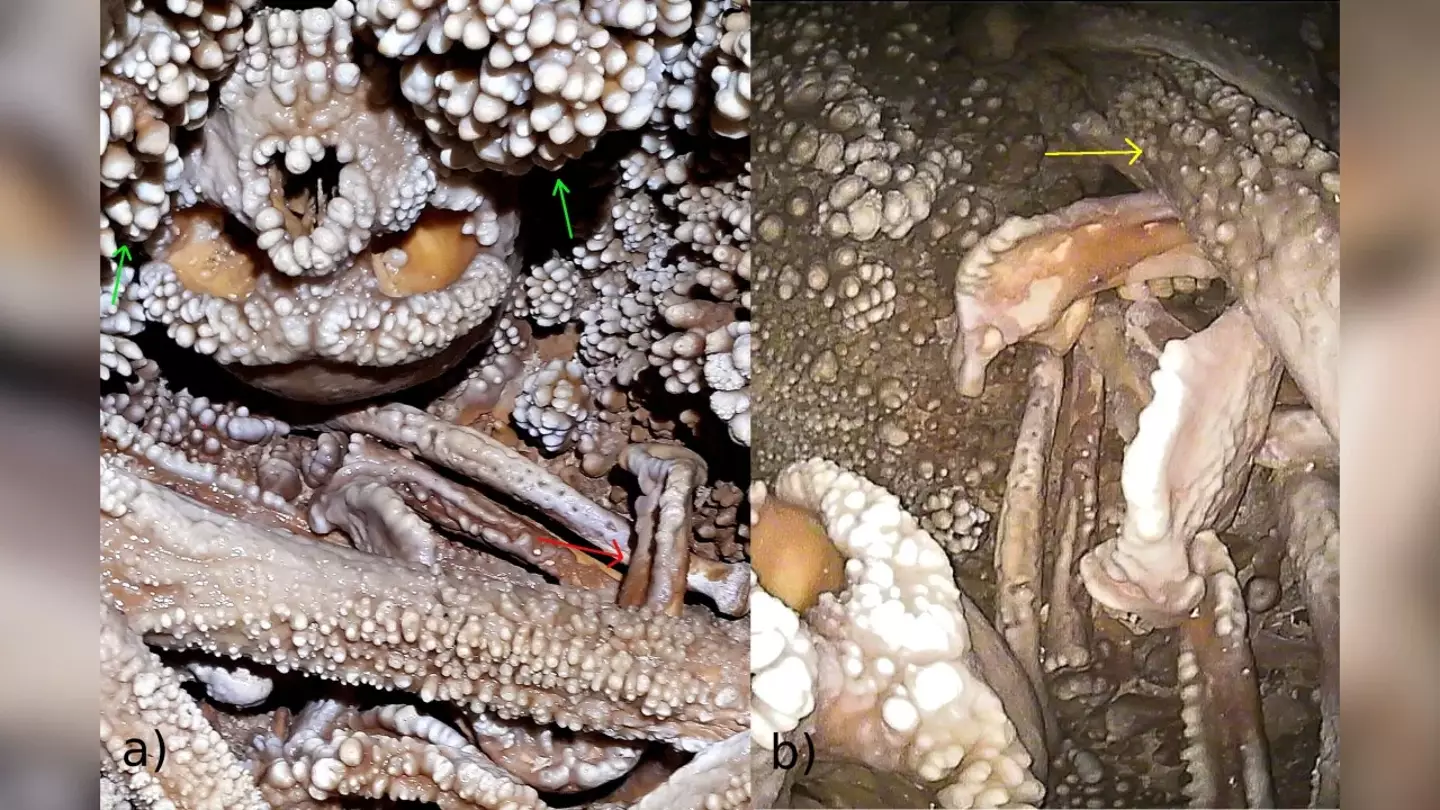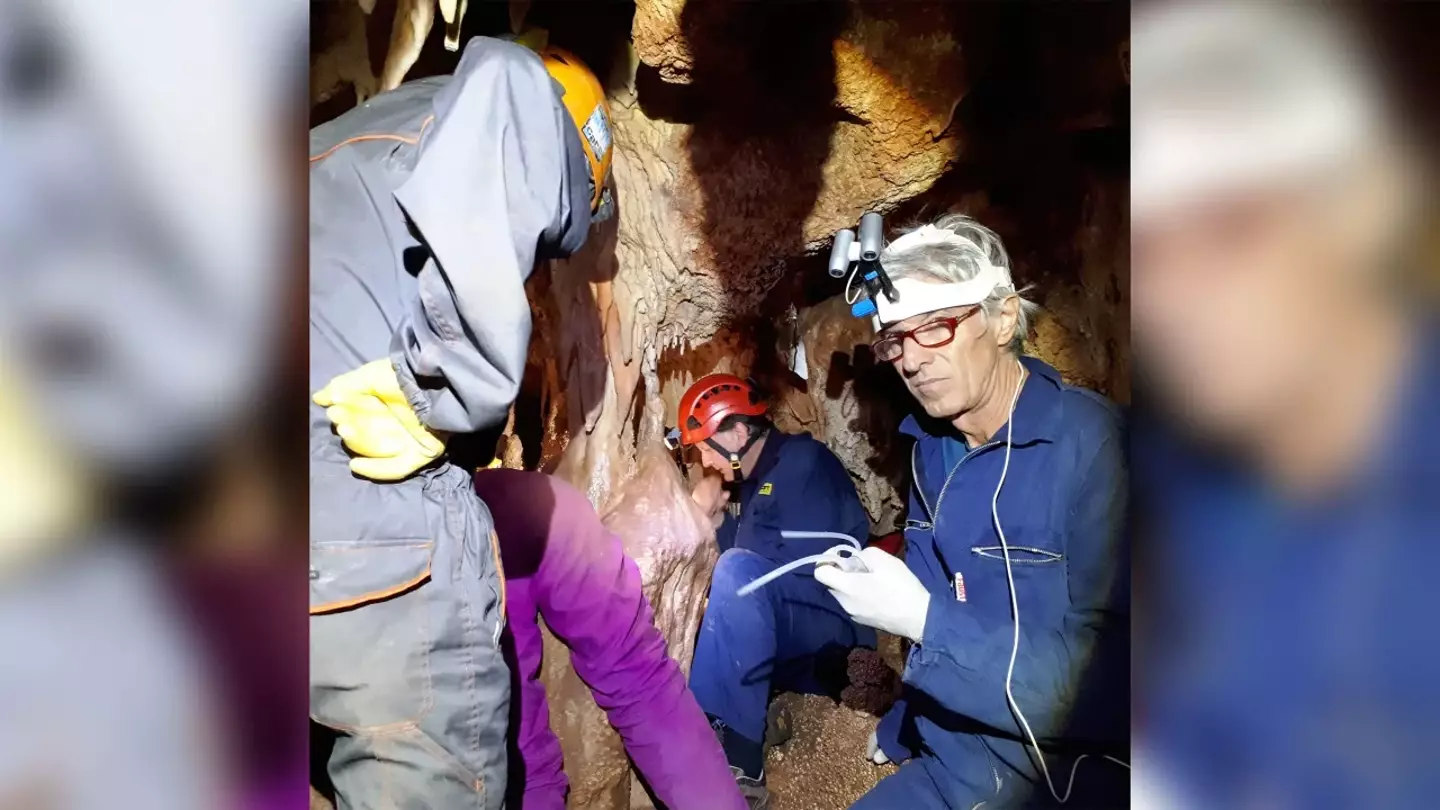150,000 years ago, a Neanderthal man fell into a cave and starved to death, eventually becoming part of the cave itself.
Now, the horrific fate of ‘Altamura man’ has given modern science a fantastic look at what one of humankind’s closest extinct relations was really like.
The fossilised bones of the Altamura man have lain in a cave in southern Italy for millennia, remaining hidden at the bottom of a sinkhole.
Advert
Imagine the shock and terror experienced by the cavers who discovered his skull, frozen in time and by this stage assimilated into the cave itself, back in 1993.
It’s about a 20-minute journey from the skeleton’s inaccessible location to the surface, meaning that studying it hasn’t been easy.
What’s more, it can’t be removed from the cave as it’s now a part of the small chamber in the karst cave system that the man fell into all those years ago.

Speaking about the discovery, Jacopo Moggi-Cecchi – a biology professor at the University of Florence – said: “They used the rope to bring me down and many of my colleagues. For me, it was a totally amazing experience.
Advert
“When you get in that corner and you see the skeleton there, you’re really blown away,
“This individual must have fallen down a shaft. Maybe he didn’t see the hole in the ground.
“We think he sat there and died,
“The original shaft he fell through is no longer there.
“It’s been filled by sediment so we are confident the entire skeleton is there.
Advert
“No animals could have got there.”
Scientists have been able to do some work, though.
For example, they examined the teeth of the Neanderthal man and discovered that he was of adult age, though not old, and had lost two teeth.
“The tooth loss is something interesting. We have a large fossil record of Neanderthals, and it’s not typical. In terms of oral health, they were in good shape,” Moggi-Cecchi said.
It has been suggested that the man might have had gum disease, and also had dental calculus, which is a form of calcified plaque that would be familiar to dentists in modern times.
Advert

Neanderthals were around about 350,000 years ago before disappearing, inhabiting what is now Europe and Asia.
Around 40,000 years ago they disappeared, though it is thought that they overlapped with homo sapiens for more than 30,000 years.
Research into the Altamura man suggests he lived between 130,000 and 172,000 years ago. Scientists hope that perhaps one day the skeleton – or some of it – can be removed from the cave for a proper study.
Moggi-Cecchi said: “The fact that we can get this kind of information simply by looking at the specimen in situ, imagine what the possibilities are if we can extract the specimen from the cave.”
Topics: World News, Science, Weird, History